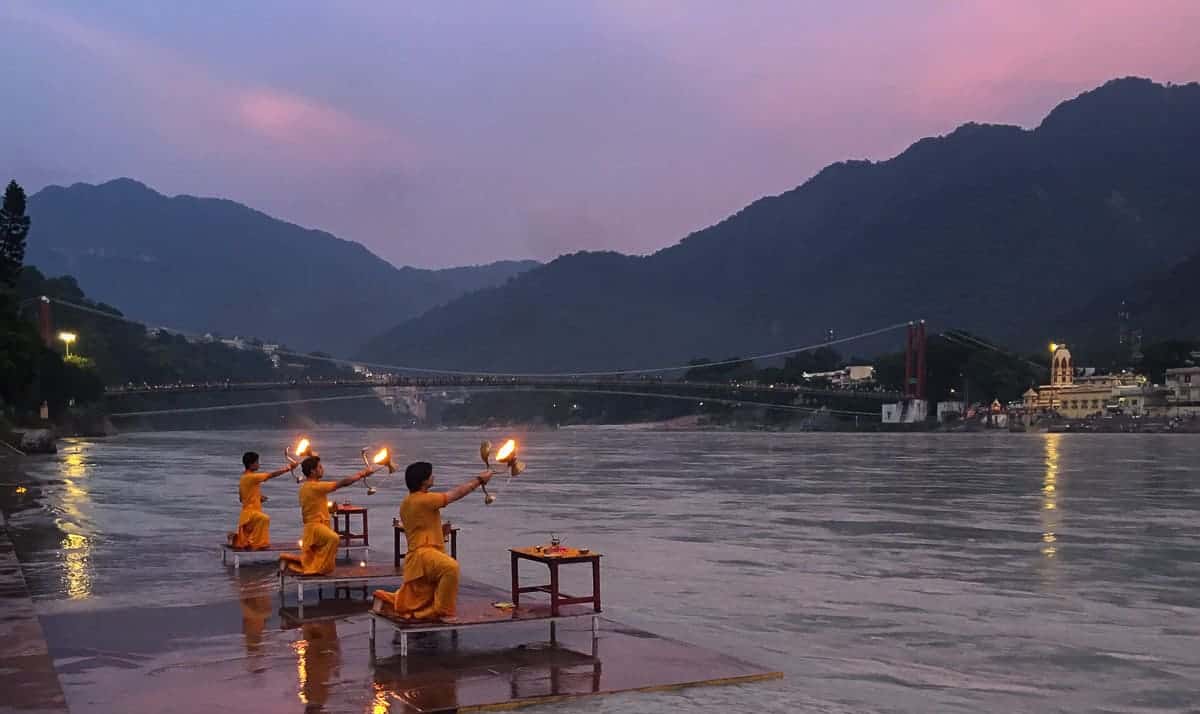India is a land of rivers. There are over 400 rivers flowing across the country. These rivers shape the land, support farming, and give water to millions. Some rivers come from the Himalayas, while others flow through the plains and plateaus. The Ganga, Yamuna, Brahmaputra, Indus, Godavari, Krishna, and Narmada are among the major rivers. The Ganga is the longest, while the Brahmaputra is one of the largest by volume.

Many rivers have different names in different regions. For example, the Ganga is also called 'Ganges', and the Yamuna is known as 'Jamuna' in some places. These rivers are not just water bodies—they are part of India’s culture and history. But do you know which river is called the lifeline of India? Indeed, India has many rivers, but one is called its lifeline. Can you guess which one? In this article, we’ll take a look at its journey, importance, and why it holds this special title.
Which river is known as the lifeline of India?

The Ganges River (also known as Ganga) is widely regarded as the lifeline of India. It starts high in the Himalayas from the Gangotri Glacier in the state of Uttarakhand. From its source, it flows southeastward, following a path across the vast Gangetic Plain. It passes through several major states, including Uttarakhand, Uttar Pradesh, Bihar, and Jharkhand, before entering West Bengal.
In its lower reaches, it splits into several distributaries and eventually flows into the Bay of Bengal, forming part of the world's largest delta, the Sundarbans. The river is not only a crucial source of water for agriculture and consumption but also holds immense religious and cultural significance for millions of people.
10 Lesser-Known Facts About The Ganges River
- Bhagirathi is the name of the headstream that joins the Alaknanda to officially form the Ganga at Devprayag.
- The river's water possesses a unique self-purifying quality, attributed historically to high levels of bacteriophages.
- A unique species of freshwater dolphin, the Ganges River Dolphin (a national aquatic animal), inhabits its waters.
- The river basin is home to over 40% of India's population, making it one of the most densely populated in the world.
- It flows for approximately 2,525 kilometres (1,569 miles) from source to mouth.
- The ancient city of Varanasi (Kashi), one of the oldest continually inhabited cities globally, lies on its banks.
- A major religious bathing festival, Kumbh Mela, is celebrated on its banks every twelve years and is visible from space.
- The river's sediment load contributes to the continuous shifting and building of the immense Bengal Delta.
- The Hooghly River, a major arm that passes through Kolkata, is one of its most important distributaries.
- The plains formed by the river's deposition are among the most fertile agricultural lands on the planet.
- The river system supports a diverse range of aquatic life, including over 140 fish species and various turtles, classifying it as a significant freshwater biodiversity region.
Which River Is Called The Heart Of India?
The river most frequently referred to as the "Heart of India" is the Ganga River (or Ganges). The Ganga is considered the very soul of Indian culture, tradition, and spiritual life. Geographers, historians, and mythologists universally regard the river as central to the idea of India. Its basin —the vast Gangetic Plain —has been the historical heartland of successive Indian civilisations and empires for thousands of years, including the Mauryan and Mughal empires.
Which River Is Called The River Of Life?
The Ganga River is also widely called the "River of Life" (Ganga – A River of Life), a phrase famously used by India's first Prime Minister, Jawaharlal Nehru, who called it "the river of India, beloved of her people." This name stems from its immense practical and spiritual role in sustaining the lives of hundreds of millions of people. With a basin home to over 650 million people, it is one of the most populated river basins in the world, providing essential fresh water for drinking, sanitation, and industry.
Comments
All Comments (0)
Join the conversation